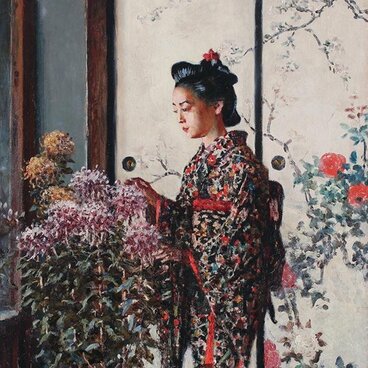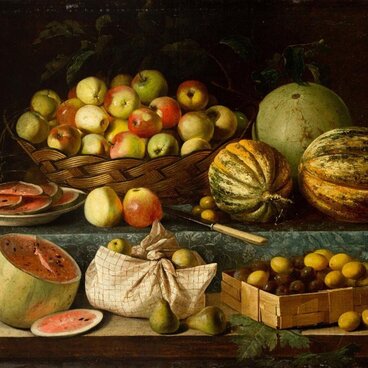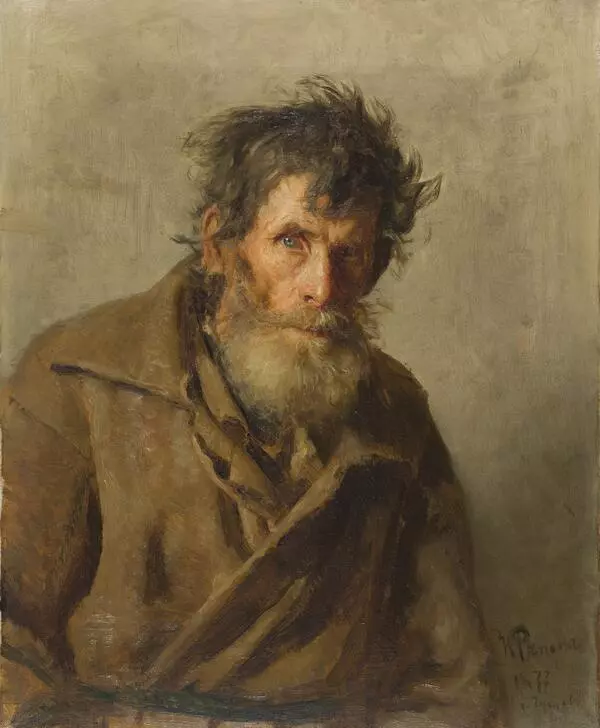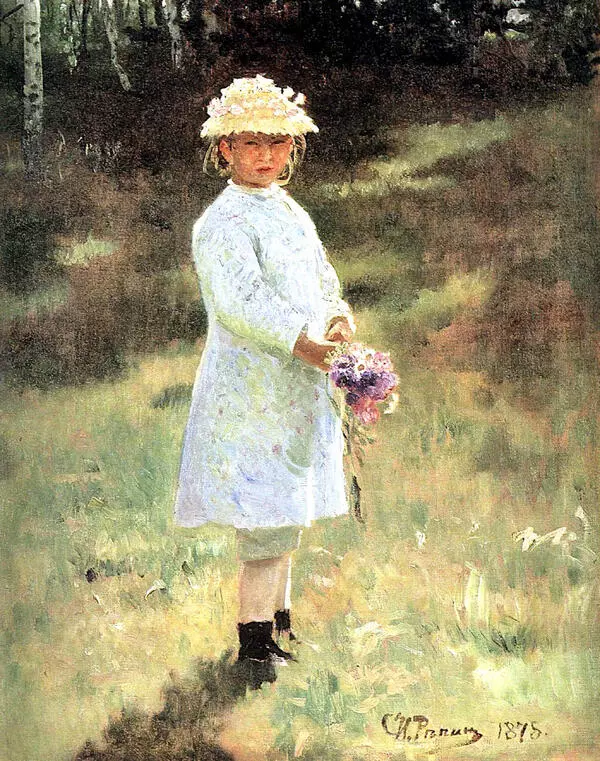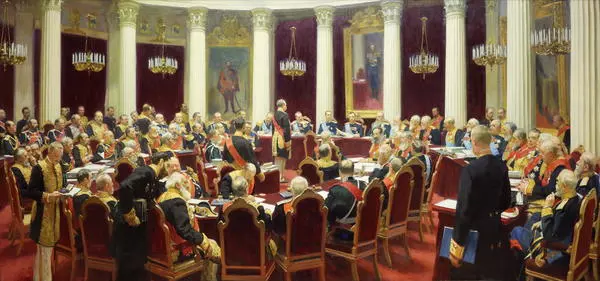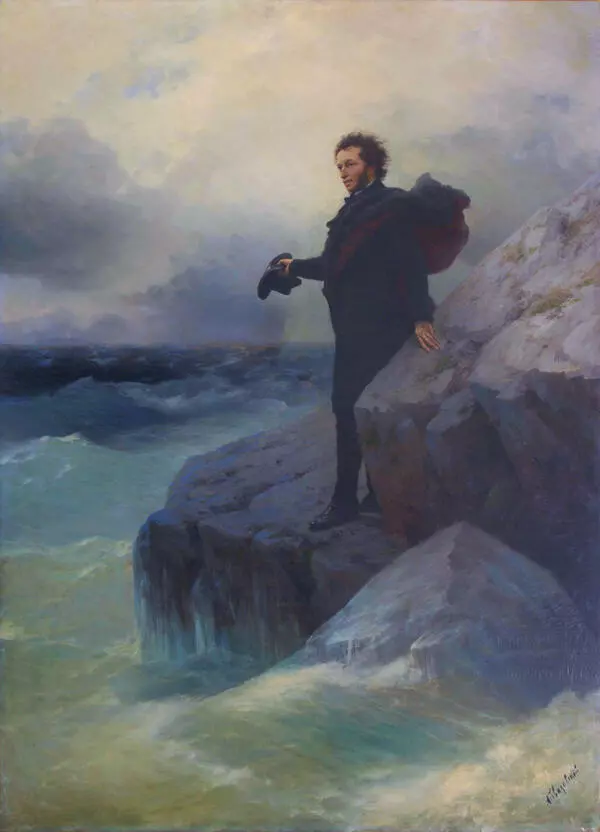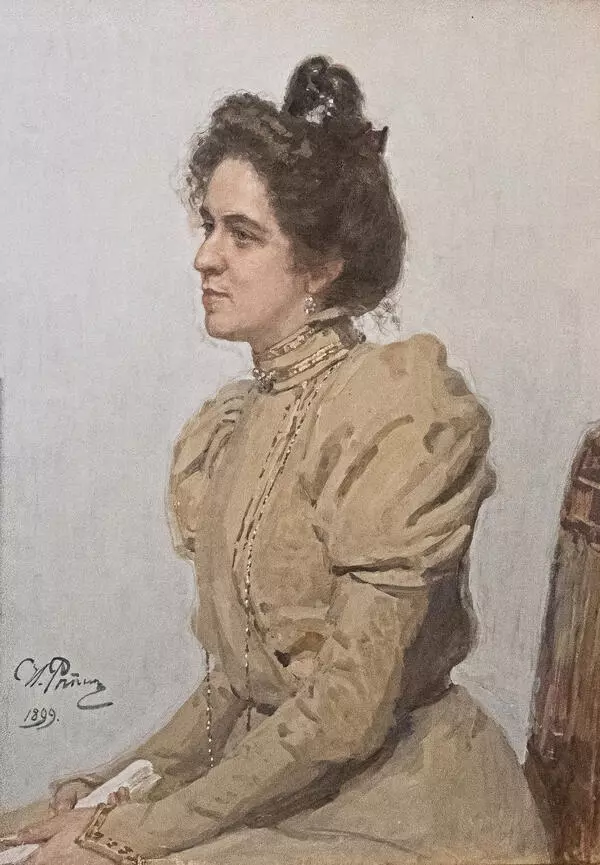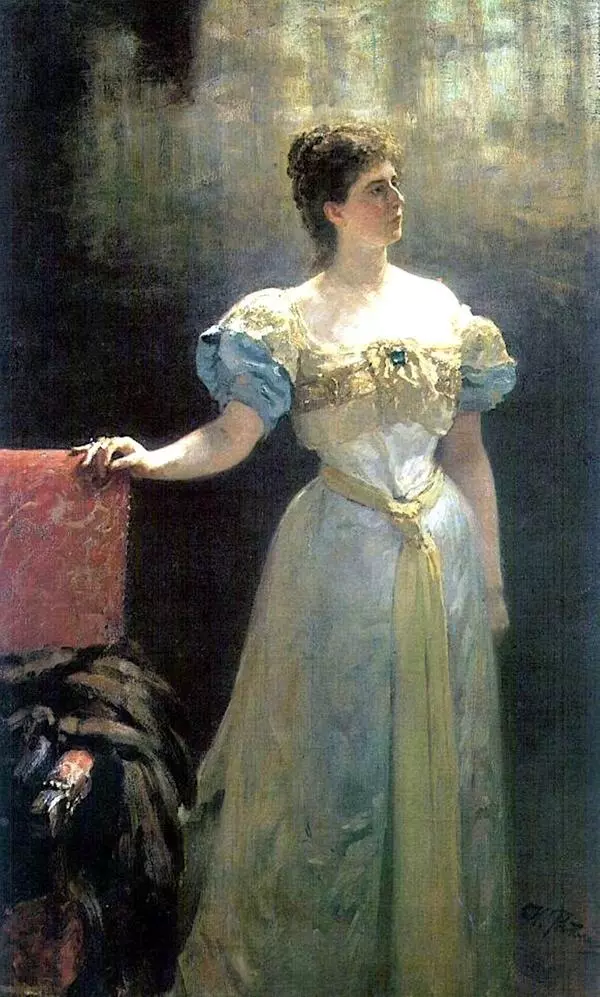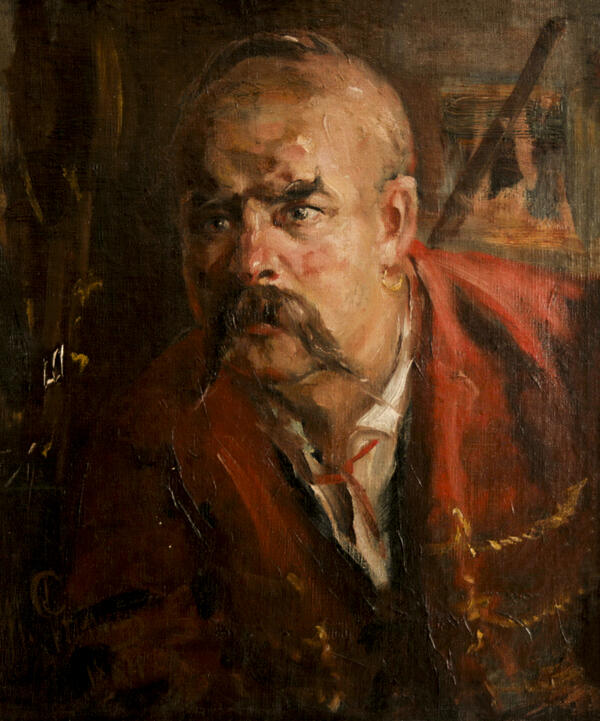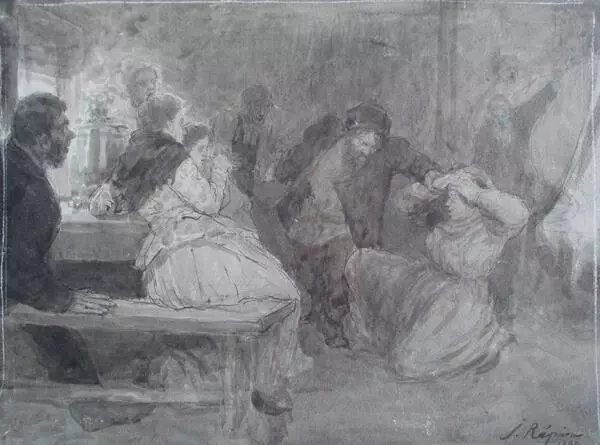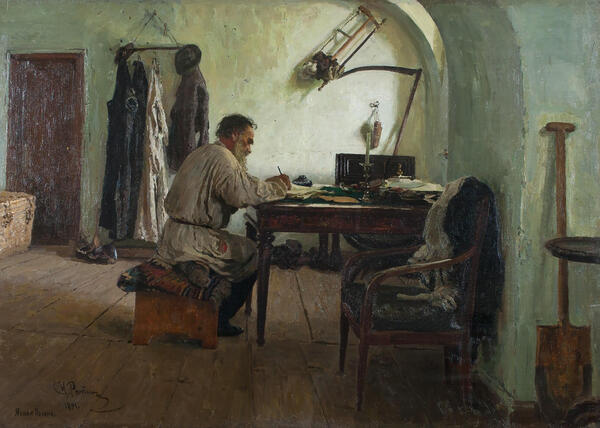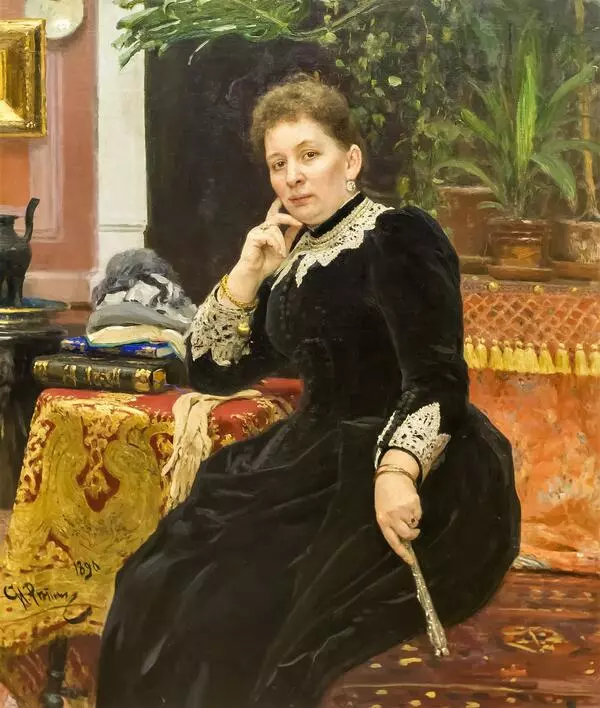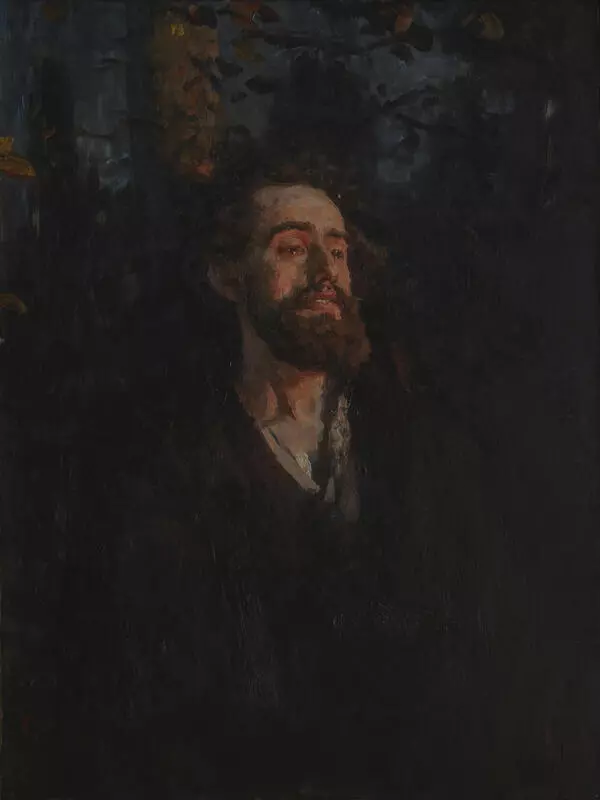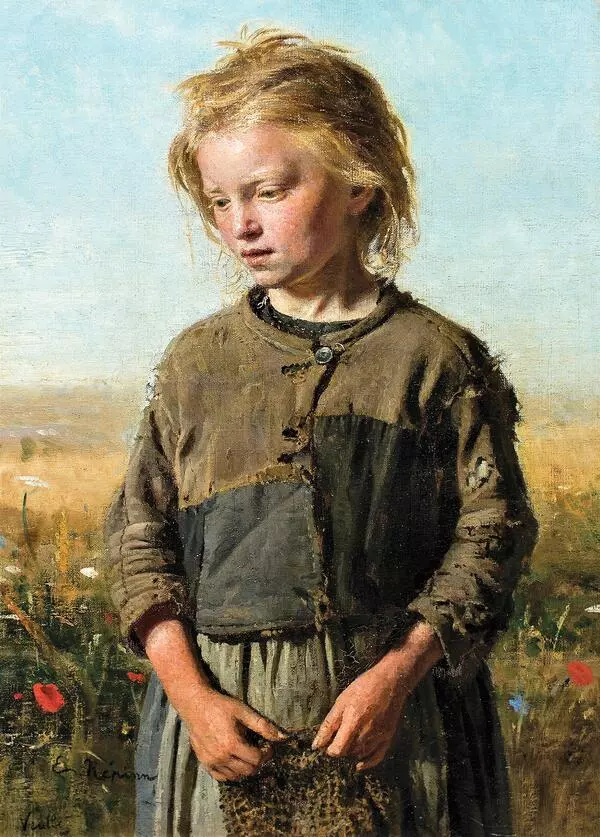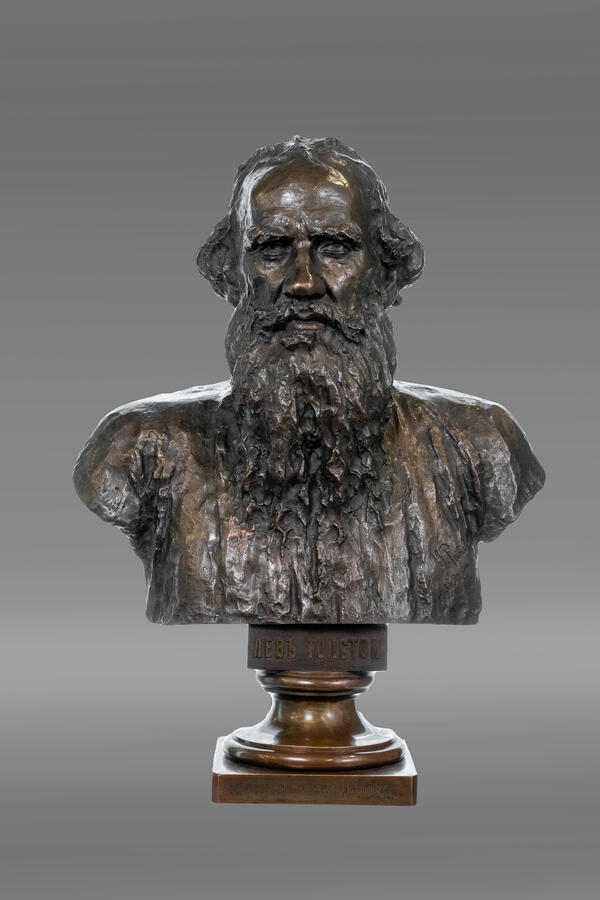One of the gems in the collection of the Sevastopol Art Museum named after Mikhail Pavlovich Kroshitsky is beyond doubt a portrait of the great Russian writer Ivan Sergeyevich Turgenev, painted by Ilya Repin.
The story of the portrait is complicated and confusing. It was commissioned to the artist by Pavel Mikhailovich Tretyakov. For the first time, Ivan Turgenev posed for the artist in 1874 in Paris in the house of Pauline Viardot. Upon completion, the portrait was disliked by many, primarily Pauline, and the artist himself considered it a failure. At first, Tretyakov purchased it but later returned it to the painter. However, Tretyakov never gave up the original idea and managed to persuade Turgenev to pose again, and Repin to take up the work once more. In February 1879, Repin painted Turgenev for several sessions during his brief visit to Moscow, despite the writer’s severe attacks of gout. Judging by Tretyakov’s letters, this portrait was much more to the collector’s liking, but for some reason, he did not acquire it.
The portrait was exhibited at the 7th traveling exhibition of the Society for Traveling Art Exhibitions in Moscow and later, in 1908, at its 36th exhibition in St. Petersburg. It was reproduced in the exhibition catalog and used in postcards. This work remained in the artist’s studio for many years, and it was not until the early 20th century that it was sold to the Warsaw collector Nikolay Nikolayevich Maksimovsky. During the sale, that is, many years after it was painted, Repin misdated the painting as made in 1878, which later misled Moscow researchers to doubt that it was created by him. However, it was only in February 1879 that Turgenev was in Russia; besides, Tretyakov’s letters to Repin, written at the same time, while the artist was working on the portrait, confirm the correctness of the existing dating.
The history of Turgenev’s portraits did not end there. In 1883, after Turgenev’s death, Repin painted another portrait of the writer based on old sketches, which was close to the previous one. Subsequently, information about the portraits was mixed up. More often than not, experts talked about one portrait, simply believing that the artist remade it several times. The famous researcher Ilya Samoilovich Silberstein set the portraits apart, proving that there were two quite different portraits, after all.

